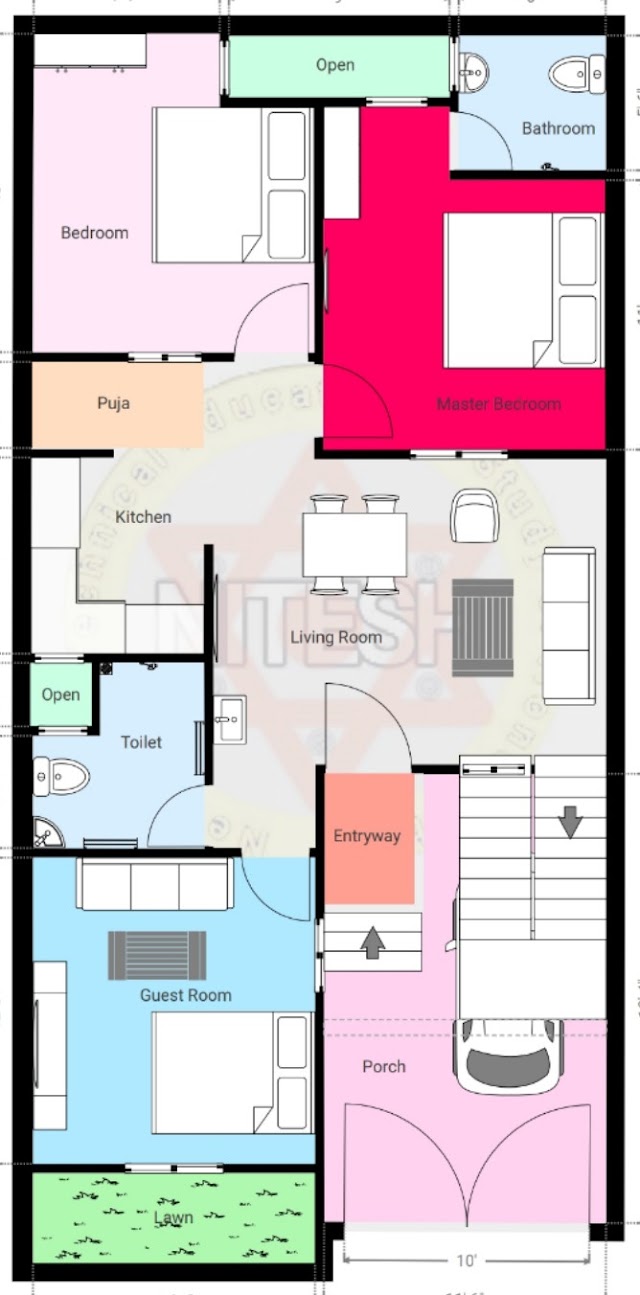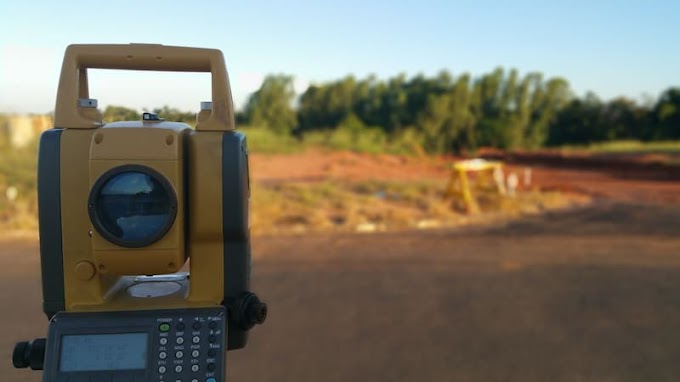Program Components of Wastewater Collection Systems Management
Stakeholders may find useful several components of the system used by operators.
These items should be designed accordingly. Sensitive or secure information should also be taken into consideration as it relates to privacy, terrorism, and other misuse.
Program components that stakeholders may find useful are outlined below.
Service maps may include spatially related service area as constructed, topo-graphical information, street addresses, and customer information. This level of detail assists in planning, service availability requests, and in field responses to complaints.
Organizational charts of utility personnel by function define who is responsible for what activity and how to contact them.
Asset data may include size, material type, age, and depth and may be contained in a database or mapping system. Typical database formats include a computerized maintenance and management system (CMMS) for asset characteristics and history or a geographical information system (GIS) for spatial relationship representation. Information may be used in planning, system analysis, budgeting, service avail-ability reviews, and field responses to complaints.
Several types of data might be collected for a sewer pipe:
Size (diameter);
Length (miles, footage, and laying length);
Type (gravity, force main, collector, interceptor, lateral, trunk, siphon, or pipe bridge);
Material (vitrified clay pipe, concrete, polyvinyl chlorine, cast iron pipe, duc-tile iron pipe, or high density polyethylene);
Age (install date);
Depth (cover for excavation and overburden evaluation);
Location (right-of-way, easement, or private property);
Service connections (tee stations, depth, length, material size); and
Historic condition-logs, televising, maintenance and repair records (work orders).
Information that might be collected for manholes (manways) include:
Type (concentric, eccentric, chimney, tee, catch basin, regulator, vault);
Location (right-of-way, easement, or private property);
Size and depth;
Casting type and diameter;
Casting and invert elevations; and
Historic condition.
Various pieces of data should be collected for pumping stations (for more guide-lines, refer to the Pumping Station Operations and Maintenance section):
Location (street address or other geo-coding for mapping);
Type (centrifugal, ejector, grinder, submersible);
Schematics (piping, electrical), which assists in understanding typical opera-tion and in modifications during emergency or maintenance activities;
Controls (what controls what);
Equipment (install and service dates, maintenance records, warranties);
Backup power (remote or onsite);
Valves (isolation, purge, and air relief);
Force main (size, material, length, terminus);
Metering (type, location, reading units); and
Historic condition.
Standard operating procedures (standardized format throughout agency) can be used as a training tool and reference by employees and other stakeholders. Work-process flowcharts (standardized format throughout agency) also can serve as a training tool and reference. Several other plans are valuable:
Operations and maintenance manuals-assists as a training and reference tool by employees and other stakeholders;
Master plans-multiyear outline of system expansion or modification that meets specific operational projections;
Policies-application guidelines of regulation or operational practices); assists as a educational tool for customers and as a training and reference tool for employees;
Special programs-regulatory or capital-driven projects with specific regula-tory or operational objectives should also be documents. Examples of special pro-grams may include:
Capacity, management, operation, maintenance (CMOM)-a U.S. Environ-mental Protection Agency (U.S. EPA) program that establishes the basis for separated sewer collection systems for better operation using measures and goals as they relate to total system performance and improvement.
Long term control plan (LTCP)-U.S. EPA program that establishes require-ment for communities with combined sewer systems; shows progress toward standards consistent with the Clean Water Act by demonstrating adherence to water quality and improvements as required and affordable.
Nine minimum controls-U.S. EPA program that establishes the basis for the control and management of a combined sewer system. Part of the LTCP.
Rehabilitation-various operational and capital activities that reestablish system integrity, performance and reliability.
Expansion-various capital activities that result in an expansion of service area. Typically part of a master plan or 201 facilities plan.







